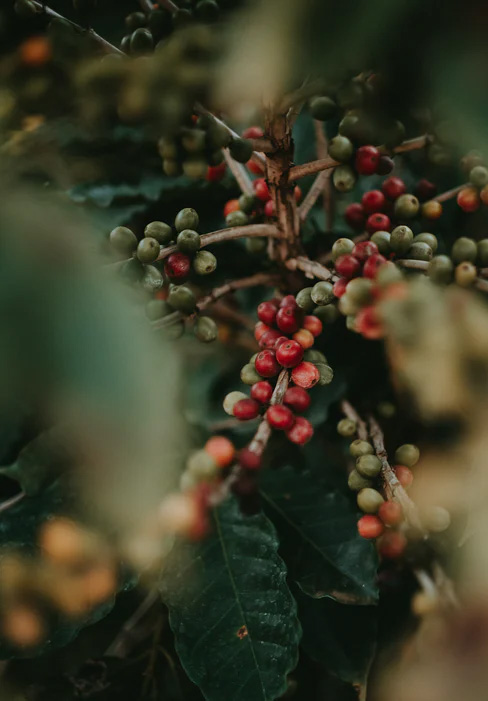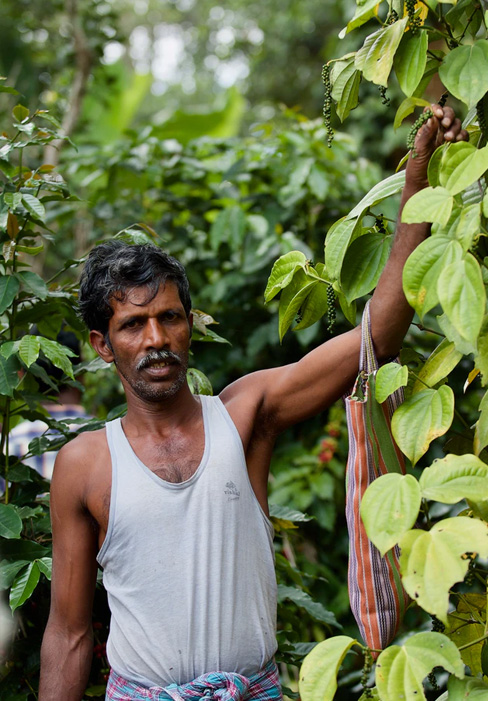Coffee processing: old and new methods, present, past and future!

The processing of the "coffee cherry" is crucial for its taste.
While enjoying a sip of espresso, it is sometimes difficult to know the stages that coffee has gone through to get to our cup. One of them, one of the most interesting and decisive for its quality, is the processing of its fruit.
Coffee is a natural product, the final taste of which depends on many factors, such as climate, soil, altitude, country of origin and, of course, the processing of its fruit. As when we talk about coffee, we mean the roasted coffee bean, the flesh and skin of the fruit (of the "coffee cherry", as it is known), must be removed in order to continue processing the grain. Each method of processing leaves its own, unique imprint on the taste of coffee.
 What are the basic coffee processing methods?
What are the basic coffee processing methods?
The two most basic methods of processing coffee cherry are the natural method and the liquid method, which are supplemented by a third, "hybrid" method, the honey pulp.
The "natural" method is the oldest and most common method of processing coffee, in which the fruits, after being collected, are left to dry in the sun, before the skin and flesh of the coffee are removed. The natural method is used all over the world, especially in areas that do not have large water reserves, such as in African countries. With the natural method, the fruity aromas are highlighted, as the grain absorbs a lot of the sugars of the flesh of the fruit, as long as it dries.
In the "wet" method, or in the "washed" coffee method, as it is otherwise known, the flesh is removed before the fruit dries. After removing the flesh, the grains are placed in water tanks, where the grains (which still bear traces of the flesh of the fruit) undergo fermentation for a few hours or even days, depending on the case. The grains are then washed again to remove the last fruit residue and dried in the sun. This method is often intended for specialty coffees, but it is waterproof, expensive and requires a lot of experience, as a mistake can ruin the whole coffee.
The "honey" method is mainly used in Central America: the flesh is removed before drying, but not completely. The grains are then dried and the dried fruit is removed after drying. Coffee thus acquires characteristics found in both previous processing methods. This method requires experience, but is highly valued by coffee tasters and is intended for fine varieties of coffee.
Alternative processing methods are gaining ground
 In recent years, coffee has gained the place it deserves in world gastronomy and has ceased to be treated simply as a daily product. On the contrary, a large wave of tasting and experts has raised the standards and requirements of the public, which now pays attention to the smallest detail in its cup. In this context, alternative coffee processing methods have been developed, aimed mainly at truly demanding coffee lovers.
In recent years, coffee has gained the place it deserves in world gastronomy and has ceased to be treated simply as a daily product. On the contrary, a large wave of tasting and experts has raised the standards and requirements of the public, which now pays attention to the smallest detail in its cup. In this context, alternative coffee processing methods have been developed, aimed mainly at truly demanding coffee lovers.
Anaerobic fermentation: This is a new method of processing, intended for really fine coffees, such as coffees that participate in international competitions. It is similar to the "wet" method, with the difference that it is made in sealed tanks, without the presence of oxygen. It is said that it uniquely highlights the complex aromas of each variety.
Carbon Extraction: Inspired by winemaking, this method leads the fruits to ferment whole, breaking the flesh from the outside in, so that all the aromas of the fruit pass inside the grain. Those who have tried coffee that has been processed with this method, talk about unexpected aromas in the cup, such as banana, whiskey, wine, and even… bubble gum!
Giling Basah: As its strange name suggests, it is a method developed in Asia, and more specifically in Indonesia, which is also a rising force in the field of coffee. It is a very complex variant of the liquid method, which highlights earthy aromas, such as wood, tobacco, spices, which fit a glove in the special Indonesian coffee, but little in other terroir coffees, so the method is not widely known.
At the same time, even more processing methods are beginning to emerge, albeit at an experimental stage, showing that the demands for good coffee continue to increase and the taste buds of the public are being cultivated more and more. Gastronomic journalists claim that different coffee treatments are perhaps the next big culinary trend that will occupy coffee lovers, roasters, baristi and catering professionals in the near future.
In the next coffee you drink, close your eyes, concentrate on the aromas and delicious notes and try to imagine the thousand waves that the fruit went through until it reached your cup.










